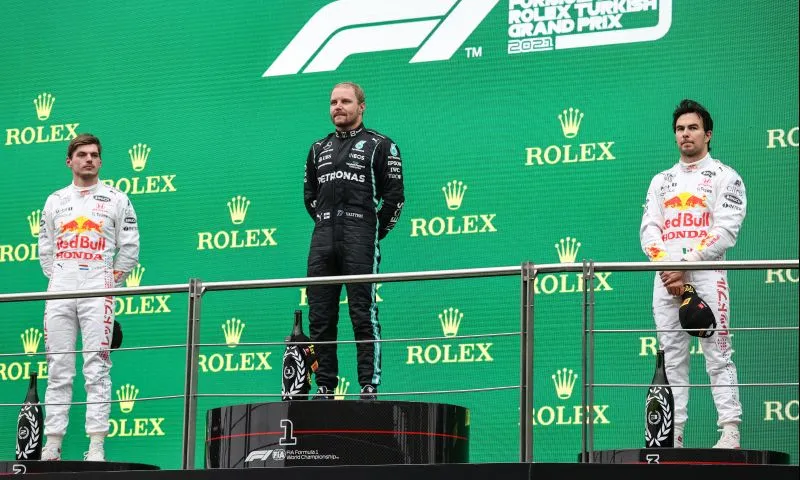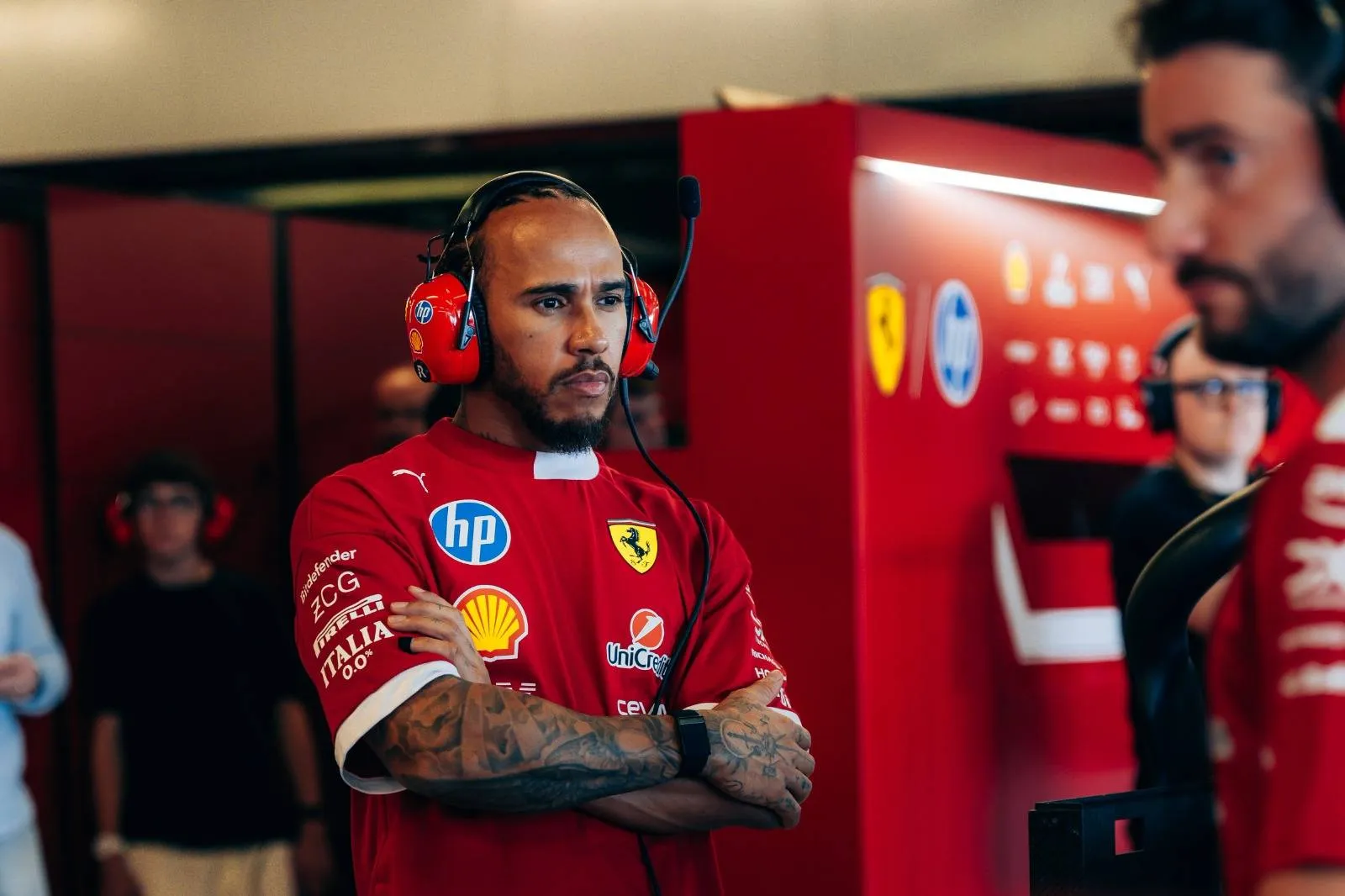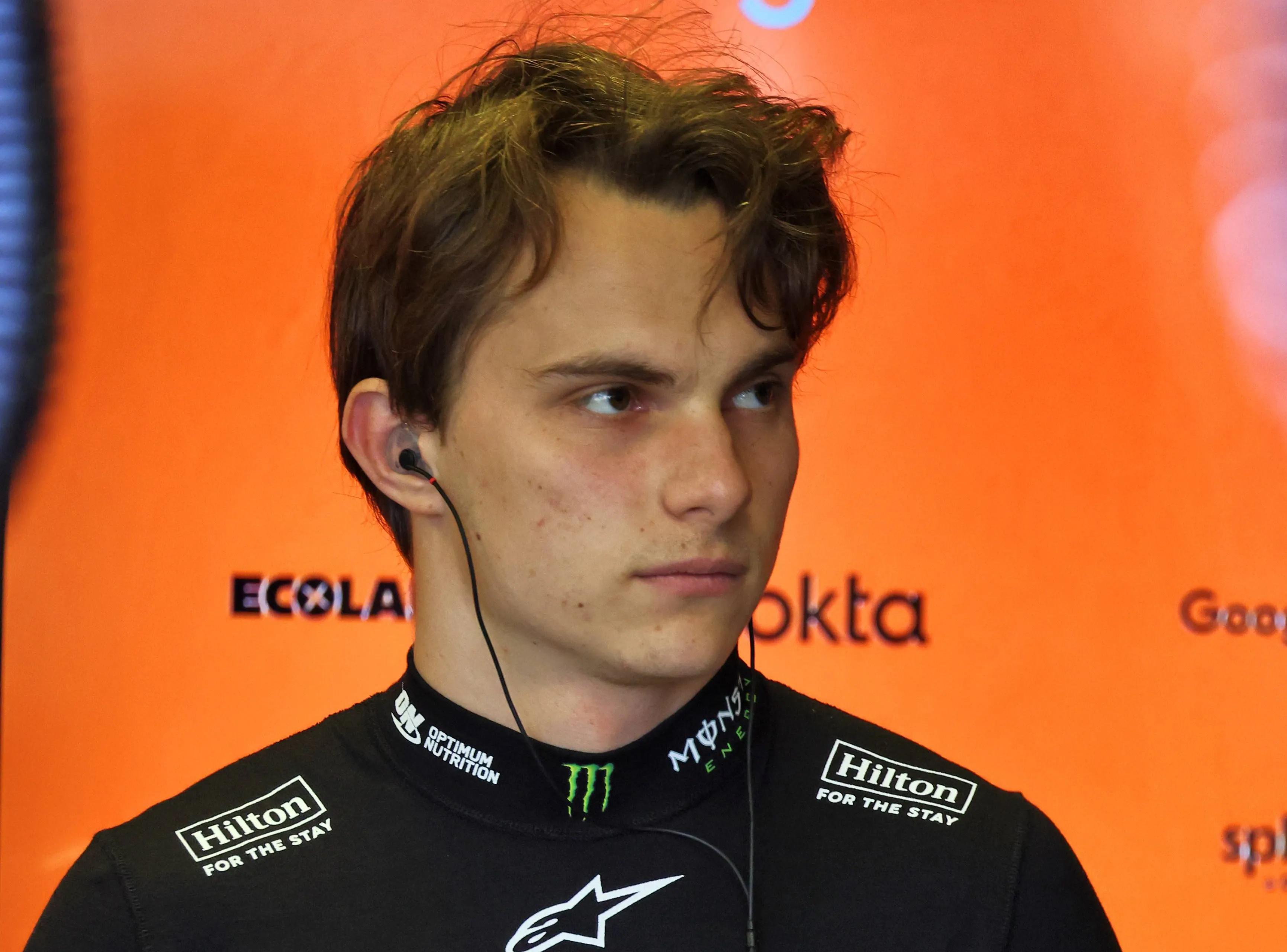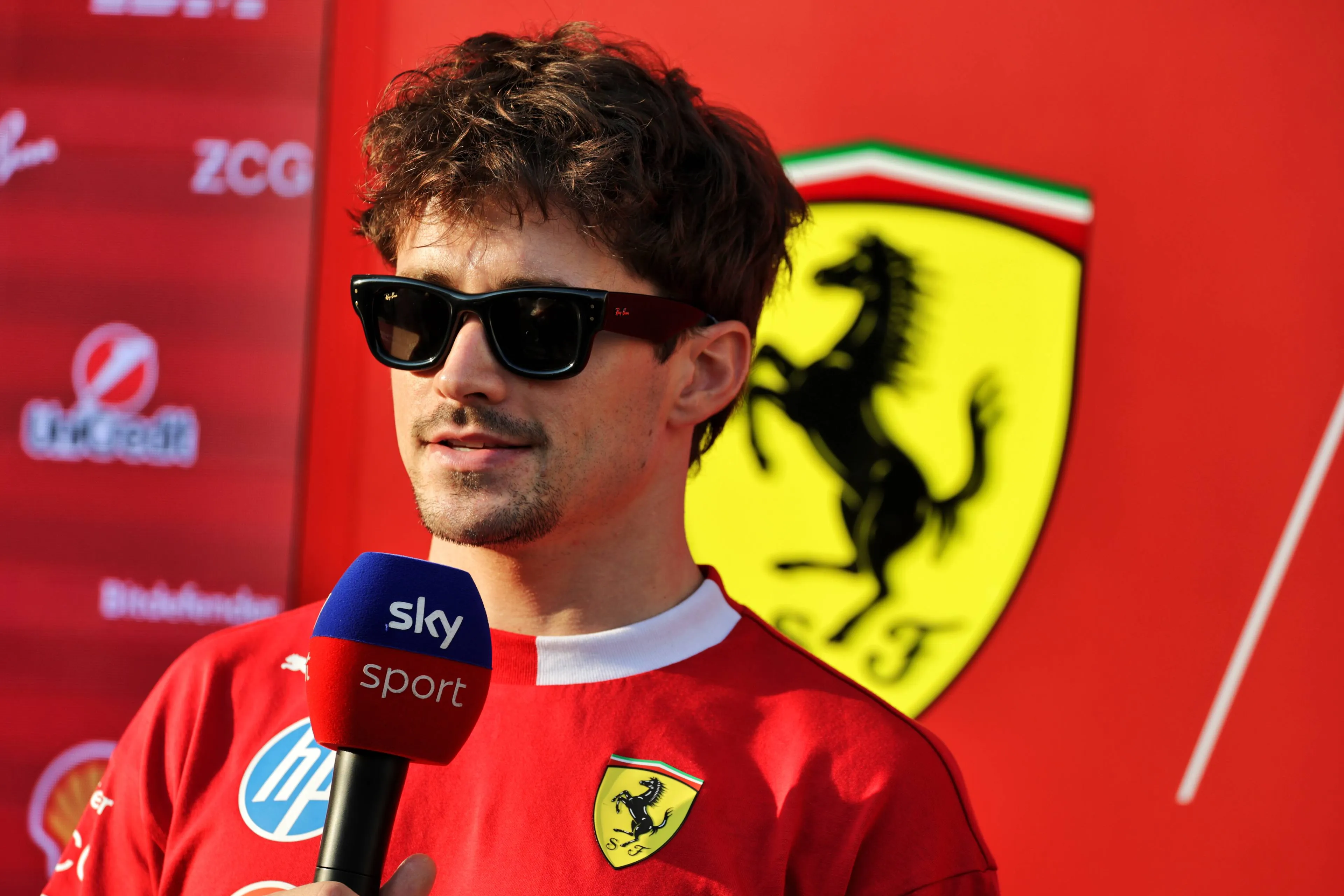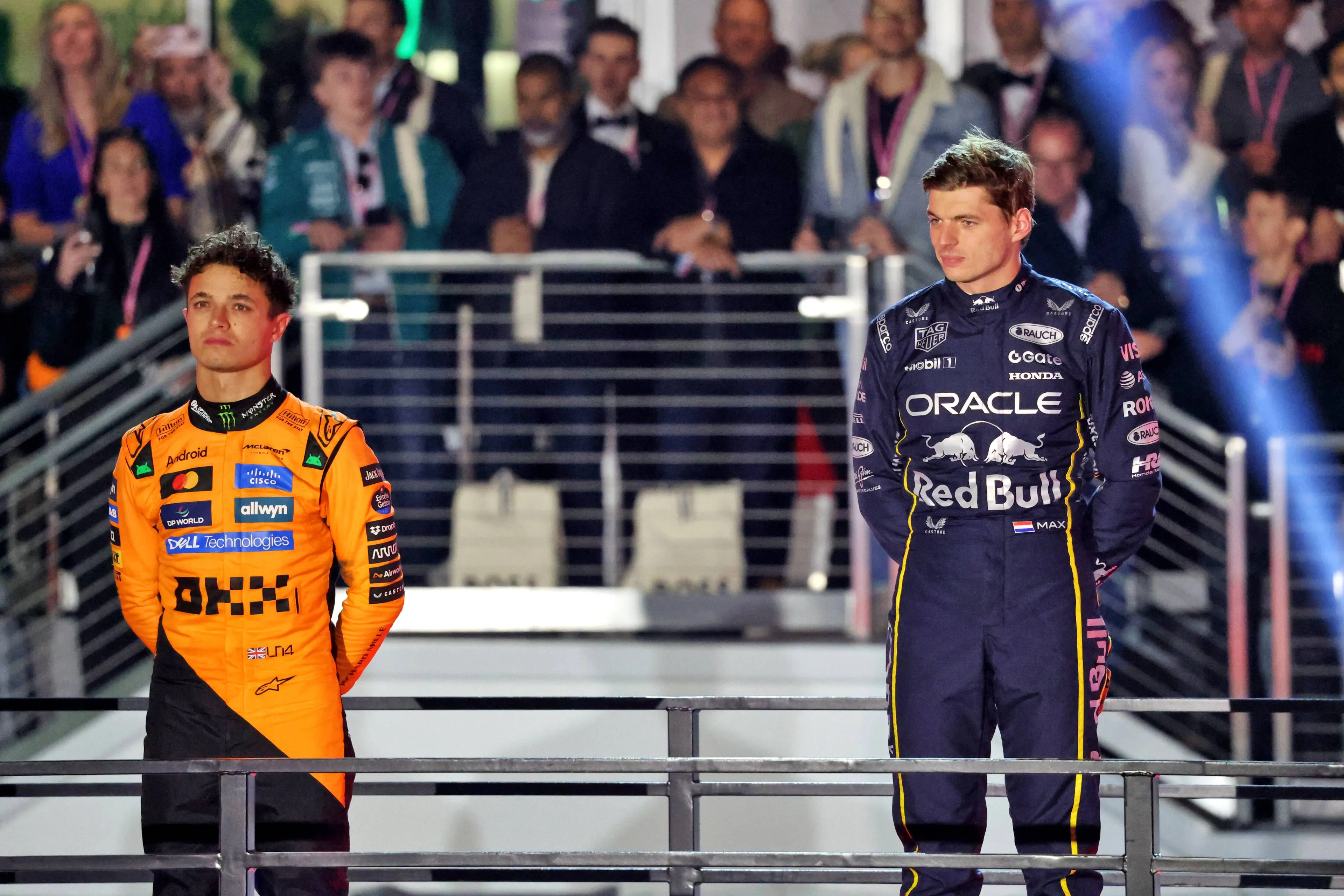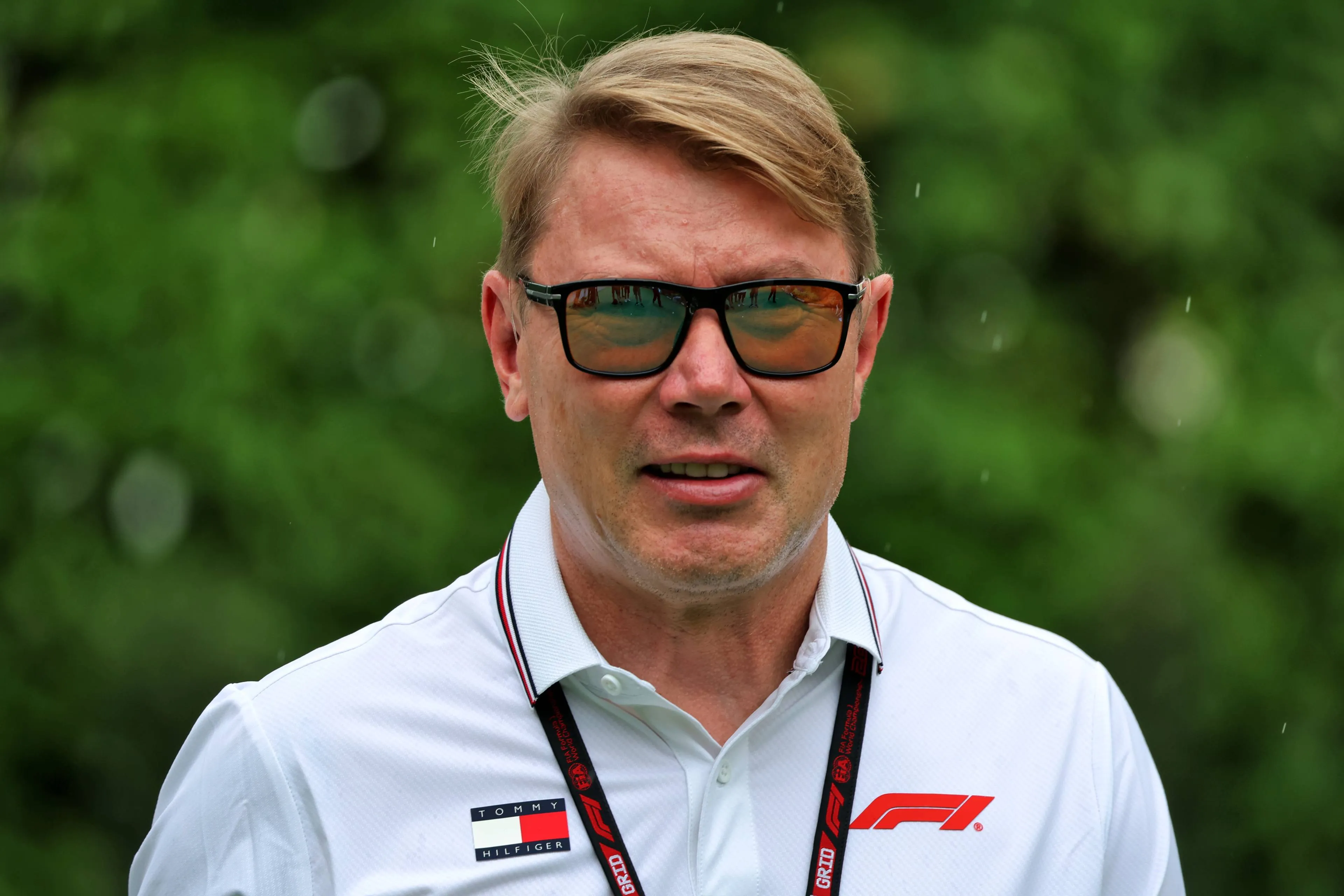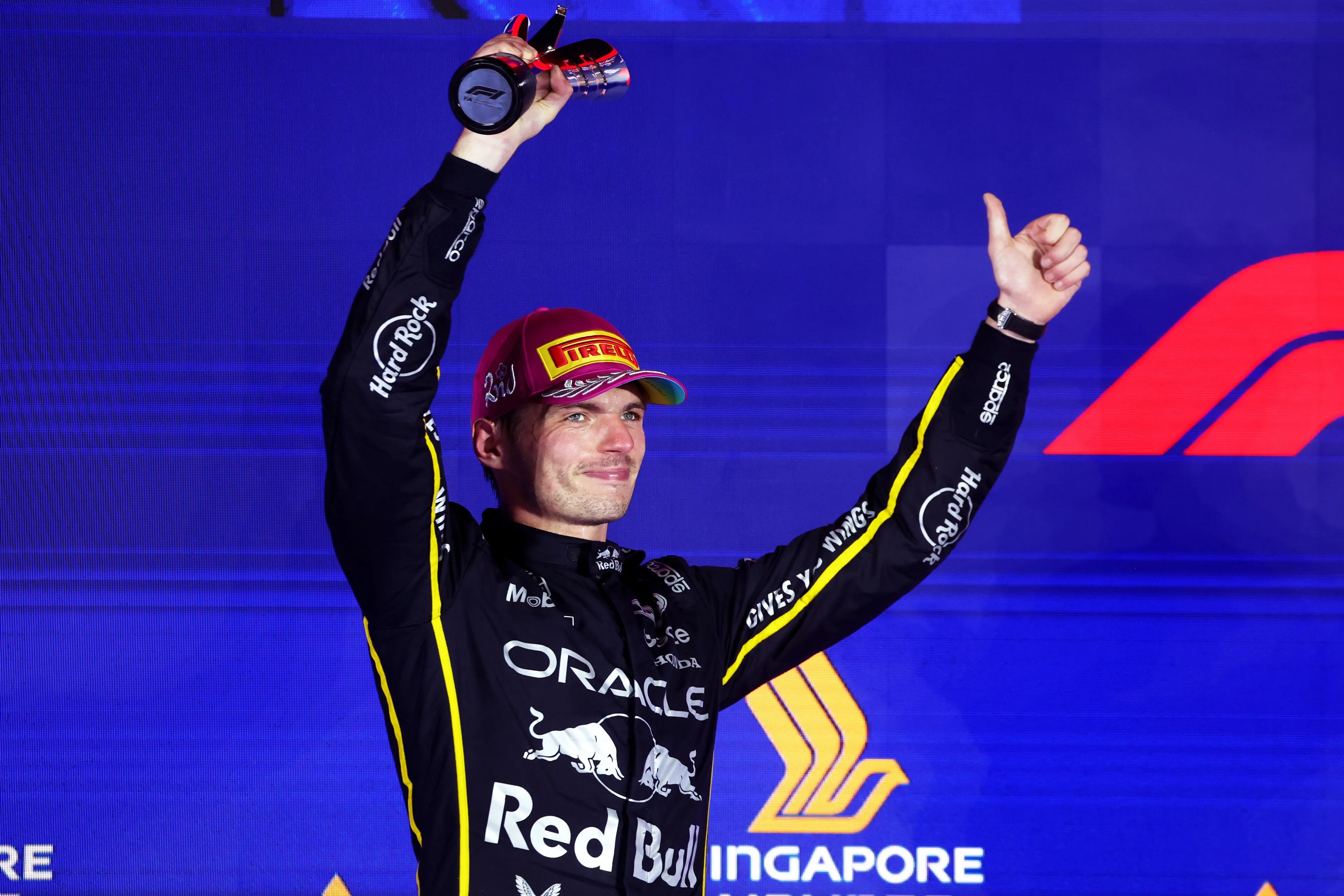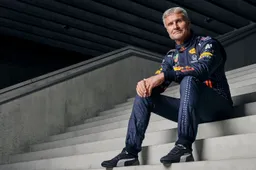Column | How have calendar changes affected the championship battle?
08:00, 14 Oct 2021
0 Comments
COVID-19 wreaked havoc upon the F1 circus in early 2020. What was intended to be a 22 race season was condensed into 17 races, with four hectic triple-headers and a number of new and returning venues replacing cancelled events. With some return to normalcy, the pandemic’s impact on the 2021 season is not as significant. However, the tightly-contested nature of this year’s championship fight means that any calendar changes could have major title implications.
Calendar Changes Galore
F1 originally planned for a 23 race season in 2021, a goal that now seems overly ambitious considering the spread of COVID-19.
The Chinese Grand Prix was the first to be scrapped due to travel restrictions, as early as January. The Canadian Grand Prix was canned for the second year in a row, much to the dismay of fans who had paid for their tickets the year prior and had their hopes pinned for a replacement. Likewise, the Singapore Grand Prix was called off in June, citing ongoing safety and logistical concerns, with the Australian Grand Prix following only a month later.
Initially, there were hopes that F1 could return to the fan-favourite Suzuka circuit after a hiatus last year, especially considering the success of the Tokyo Olympics. However, the Japanese Grand Prix fell victim to the same concerns, leaving F1’s organisers to scramble for its replacement.
The constant evolution of the COVID-19 pandemic has meant a number of changed dates, as well as the return of some of last year’s replacement venues and the addition of the Losail International Circuit to the calendar.
How Has Red Bull Been Impacted?
After 16 races, we can draw some conclusions as to the strengths and weaknesses of both Mercedes’ and Red Bull’s challengers. The Mercedes W12 generally seems to have the edge through low-speed corners and on the straights, although Honda’s RA621H power unit is keeping pace with Mercedes’ class-leading M12. On the other hand, the RB16B claws back time through high-speed corners where downforce is crucial, courtesy of a high rake philosophy. The W12 is more aerodynamically efficient (meaning it excels at circuits with long straights and slow corners), whereas the RB16B produces higher peak downforce.
Therefore, the loss of the Japanese Grand Prix could be considered a blow to Red Bull, as the high-speed nature of Suzuka’s first sector would have played to their strengths. Likewise, we would expect the Melbourne Street Circuit to favour Red Bull, given the changes to the circuit as well as the presence of high-speed chicanes at turns one to two and turns 11-12. Although not as pronounced, the Shanghai International Circuit has its fair share of high-speed corners, with snail sections at turns one and 12 in addition to fast, sweeping chicanes at turns seven and eight. Despite the long straights, we would expect Shanghai to marginally favor Verstappen and Perez.
Moreover, Red Bull have had the measure on Mercedes on the street tracks that we’ve visited thus far in 2021, from Monte Carlo to Baku. It comes as no surprise therefore that the Singapore Grand Prix would have been a Red Bull stronghold. This is further exacerbated by the fact that the Red Bull tends to operate better at higher temperatures (with the Marina Bay Circuit being in one of the hottest and most humid locations on the calendar).
On the other hand, the Canadian Grand Prix would likely have fallen in Mercedes’ favor, considering the long straights and low-to-medium speed chicanes of the Circuit Gilles Villeneuve. At face value, it seems that a cruel stroke of misfortune has befallen Red Bull for the Milton Keynes outfit to lose four of their stronger tracks. In some ways, they have also gained, however.
Imola replaced Shanghai to become the second race on the calendar. As we saw, the Red Bull was the quicker car in qualifying, and on par with the Mercedes in race pace. Verstappen made the most of his RB16B to storm past title rival Lewis Hamilton and dominate the race.
The Styrian Grand Prix, which was originally intended to be a one-off race in 2020, was reintroduced this year as the first of two races at the Red Bull Ring. The RB16B was comfortably the fastest car at Spielberg, and Verstappen accordingly converted pole to victory. In late September, F1 announced the Qatar Grand Prix to replace the axed Australian Grand Prix on November 21. As with any new venue, it is difficult to predict how the Losail International Circuit will favour the title contenders, although its good mix of high-speed corners may bode well for Red Bull
It is also true however that both the Portuguese Grand Prix and the Turkish Grand Prix (both of which were added to replace cancelled events) played into Mercedes’ hands, with Hamilton and Bottas taking victory at these events respectively. All things considered, one can reasonably conclude that Red Bull have lost the most with the calendar changes. Nevertheless, these events are a reflection of one of the closest championship fights in recent memory, demonstrating how even minor incidents (such as a local outbreak) can have massive title consequences.
Read more about:
Popular on GPBlog

1
Norris comments continue to fuel hate videos after champion expressed regret
2672 times read

2
Sky Sports pundit snubs Verstappen and Norris as best drivers of 2025
1847 times read
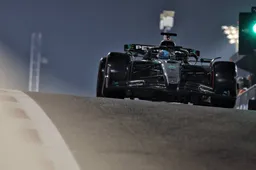
3
'Storm brews around two major F1 manufacturers as 2026 loophole surfaces'
1513 times read

4
Mercedes drops teaser of 2026 power unit as F1 overhaul looms
996 times read
Loading
